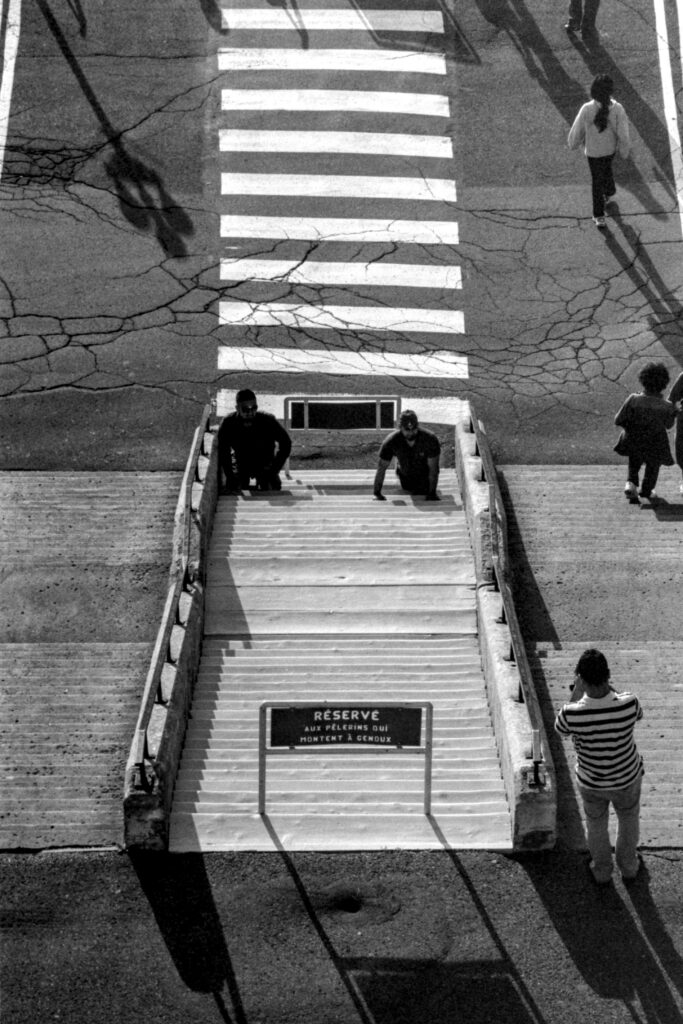Lina Bessonova, a Germany based photographer did put to a test airport scanners and how they damage film. Hint: they do. You can read the details:
Flying with Film: Airport Scanners Test.
Her costly methodology involved making test rolls of various type, going through scanners a few times, and also going through the new CT scanners that are unfortunately now installed in airports like Amsterdam (AMS).
The quick result is that these CT scanners are very bad for film, and that even lead lined bags don’t prevent the damage, even though operators seem to have more difficulties seeing through. Even 50 ISO black and white is impacted. Lina has a very detailed set of samples.
If you fly in Canada, I would recommend to print the page about camera equipment from CATSA that recommend requesting a hand inspection. English and French. I think I will avoid. It’s not that I fly much anyway.

